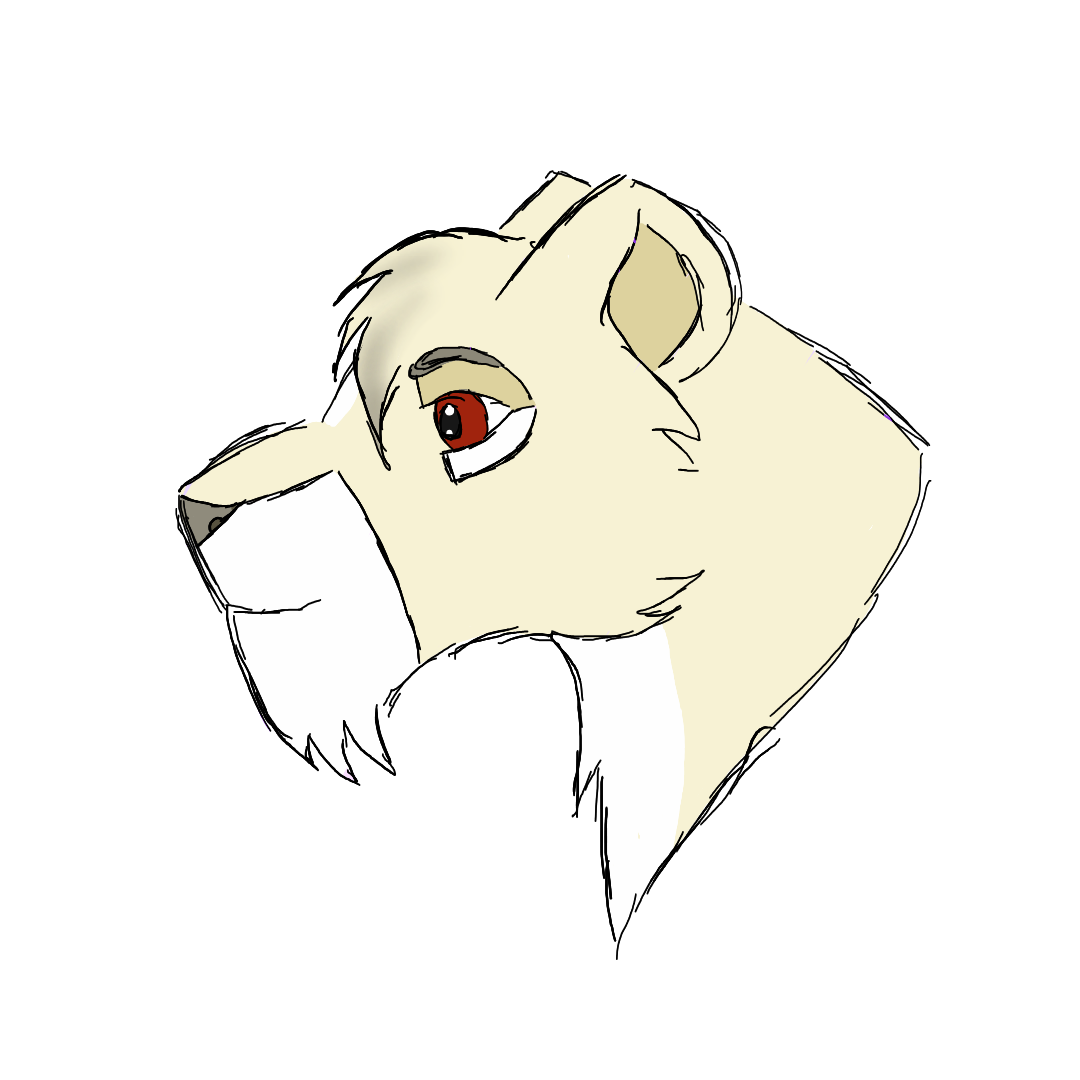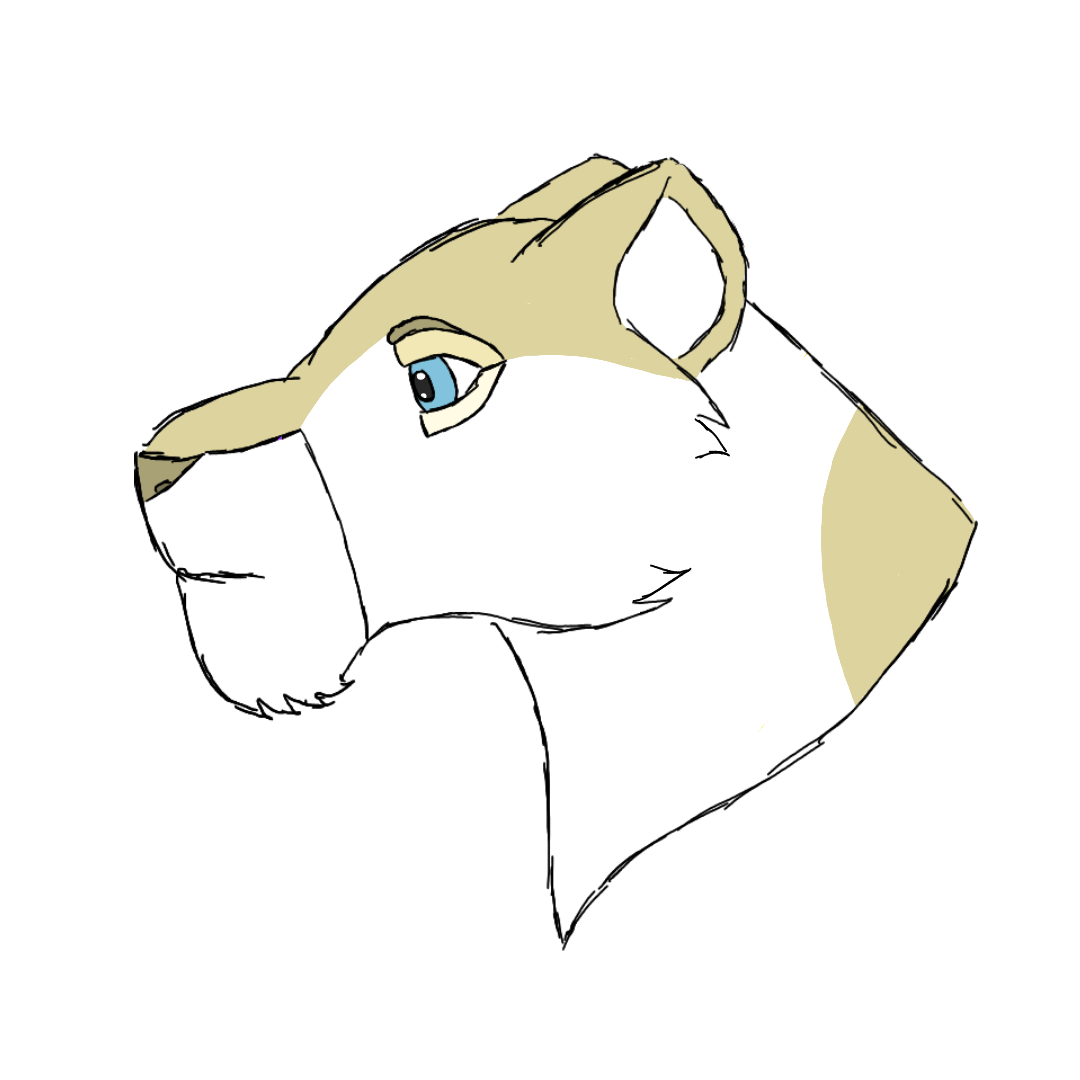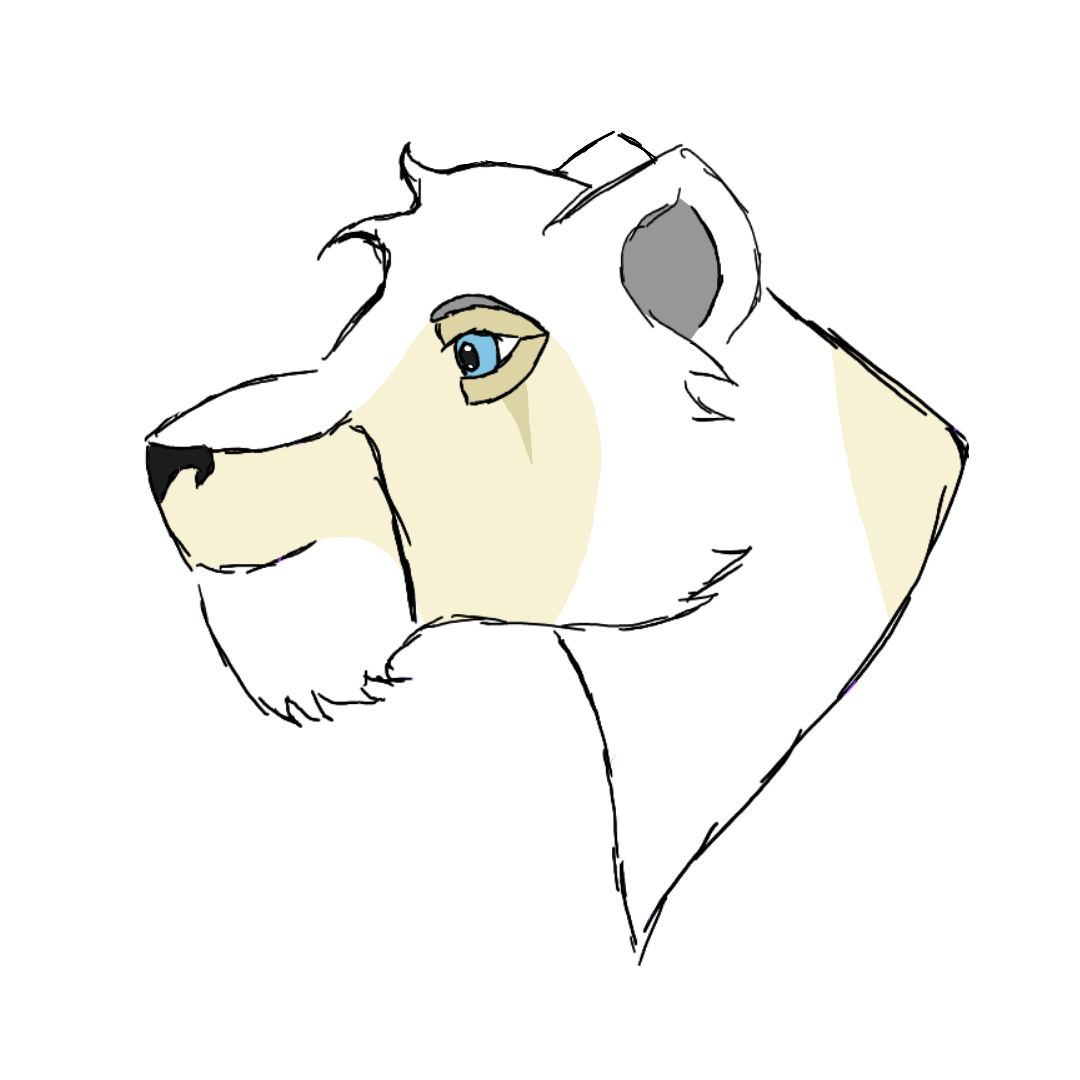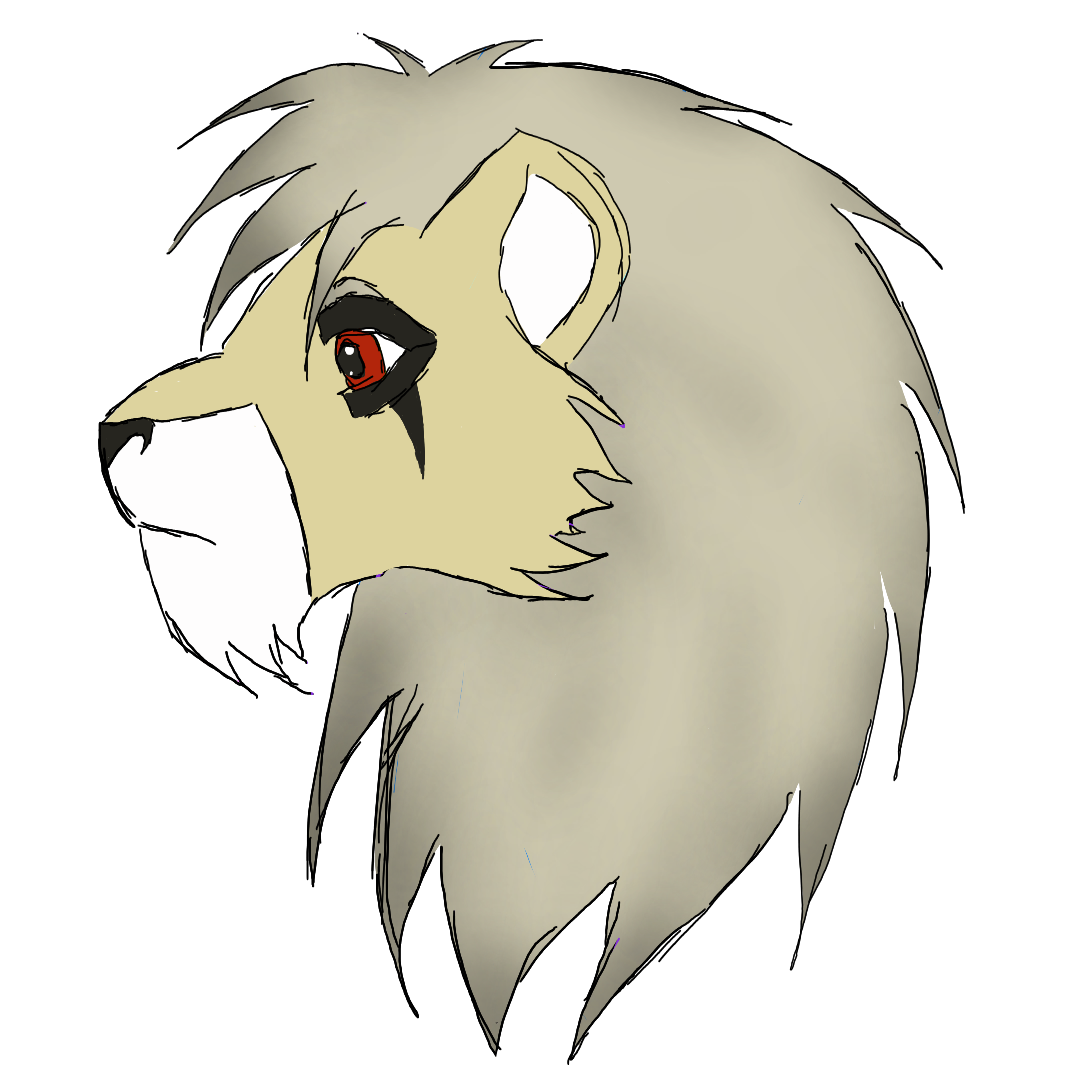Entries
Oekaki posts must follow our Rules for the Site and Forum,
including the Oekaki Rules and Art Rules.
Having trouble using oekaki? Check out the Oekaki Guide or send in a help ticket.
-
- Gallery display:

|
Painted Skojare - artist entry 3
based on this drawing by waverly, |
|
SkyNight010 @ Sun Dec 21, 2025 12:52 am Pretty! |

|
Painted Skojare - artist entry 2
based on this drawing by waverly, |

|
Painted Skojare - artist entry 1
based on this drawing by waverly,
I don't mind guest or regular artist positions, whichever fits best (i'd love to do nurseries, though I really love creating 2. gen designs!) entry 2 - entry 3 |

|
Spiritstar3 Jareth Shetan cub outcomes entry
based on this drawing by Eleya
I legit just combined their colors, lol. |
|
Eleya @ Mon Jul 08, 2024 6:46 pm
Sorry I didnt state that any clearer, but thats basically what I dont really want for these two. Id love them to adopt a cub. Maybe one of them can be the biological parent, but not both. Added that more clearly to my description now. |
|
Spiritstar3 @ Tue Jul 09, 2024 10:21 am
Whoops, kay. |
|
Eleya @ Sun Dec 14, 2025 10:05 am
So I decided to sketch headshots for all of them as adults in my style, so I would be able to choose. |

|
i'm sourdough - nice to meet'cha!
based on this drawing by Swishy & Broken
|
|
Swishy & Broken @ Wed Jan 11, 2023 8:56 am
Sourdough and Fennel would be BEST FRIENDS, fr! |
|
chuuya nakahara @ Sun Dec 07, 2025 8:58 am hi sourdough |

|
Borzois, entries 3 and 4
based on this drawing by Leek.dot
Woohoo I finished and had a little free time to color a fourth |

|
monsters for PixieStoryteller
based on this drawing by FateStoryteller
these are for PixieStoryteller's design-a-monster comp |
|
FateStoryteller @ Wed Feb 03, 2021 12:34 am
Oh my gosh! These are all amazing! |
|
ԏєѧѻӆғוѓԑ @ Wed Feb 03, 2021 10:23 am
thank you ! i'm very glad you like them - i think i'd like to keep the stalker, i ended up making something i really like with it ^^ if i end up making you a second batch (as i'm considering since i haven't tried working with some of the monster designs and i'm curious) i'll make sure to make another stalker for you :> ksjdhfkjs i think stalkers are my fav of the bunch they're so cute |
|
FateStoryteller @ Wed Feb 03, 2021 10:30 am
Yaaaas, very much like them ^^ And ok, that is very understandable. But ooooh, I would love that very much! |

|
*various rummaging noises*
based on this drawing by Swishy & Broken
Username + ID: harvestberry 1022572 |
|
riverotter @ Sun Jan 22, 2023 1:53 pm SHE'S..!!! i love her |
|
Swishy & Broken @ Tue Jan 24, 2023 11:33 am
Ough I can't get over the personality in this design, and the way you wrote about her is beautiful! |
|
SolarSonnet @ Tue Jan 24, 2023 11:42 am i would part with all of my earthly possessions if she wandered up to me with that basket. |

|
entry for leek.dot
based on this drawing by Leek.dot
kind of a proof of concept, i hope to come back & cleanup but i'm running out of time to post this
finished the concept! i might tweak some coloring in spots but it's finished! i was kind of going for a striped hyena/aardwolf x deinosuchus and is just super tall with a strong tail for swimming and the stamina/endurance to keep up with basically anything |
|
24Beaver01 @ Fri Nov 28, 2025 2:44 pm Omgi love this 😍😍😍 (if leek doesnt adopt id totally snatch them 👀💀) |

|
Halley's Comet
based on this drawing by ❌ DYNAMIGHT ❌
Found a palette I really wanted to use :') |
|
Foxghost @ Wed Nov 26, 2025 1:25 am Approved! |

|
wip <3
based on this drawing by ~Nonexistant I've seen a tribe wolf like this before and had to draw him |
|
siennacereal @ Fri Jan 10, 2014 3:42 pm woah! love the design! its very busy yet it doesn't go overboard. also love the shapeshifter idea, very cool! |
|
wulvesfanqqnaf @ Fri Jan 10, 2014 4:20 pm
Thank you |
|
siennacereal @ Sat Jan 11, 2014 6:48 pm aw, how nice ^^ well good luck! |

|
Malibu
based on this drawing by wulvesfanqqnaf Co owning with my twin |
|
wulvesfanqqnaf @ Thu Nov 13, 2025 5:29 pm Had to edit some stuff off uwu qwq |

|
ambrose
based on this drawing by _silentsiren_ new guy! tbn i’m thinking merchant of some kind |

|
Entry two
based on this drawing by Leek.dot
Alien maned wolf! |

|
Stars MYO #096
based on this drawing by Swishy & Broken
description: gray spotted tabby with a short, docked tail and green eyes. edits: [NR] claws, short fur [C] ears tufts, whiskers [R] short tail |
|
I Like Bees @ Tue Jan 05, 2021 10:46 am
This cat is approved!
|
|
SkyWishes21 @ Thu Oct 16, 2025 5:27 am This cat has been readopted to River Song! |

|
entry
based on this drawing by Leek.dot
inktober day 12
|
|
shattered angel @ Tue Oct 14, 2025 6:48 am your entry is so gorgeous! |

|
Entry one!
based on this drawing by Leek.dot
I plan to make at least two. But anyway! A stocky and fluffy puppy with basic dino traits c: |
|
COOLDOGOOO @ Sat Oct 11, 2025 8:03 pm
OMG ZEN I LOVE THEM WHAT ,, theyre so neat! |
|
DachasaurusZen @ Sun Oct 12, 2025 1:08 am
aww tysm Dogo!! <3 that means a lot, I'm so glad people like em ;v; |

|
NSW #3 Brown Dunskin Sabino
based on this drawing by Ariana Black
Alright first entry done! I colored the lines I hope you don't mind tho if you do just let me know and I can change them back to black c: Hope you like it! Tips welcome <3 |
|
Fawntura @ Wed Oct 08, 2025 12:49 am
Going Through updating archive, |

|
design an oc!
based on this drawing by Leek.dot hi, I hope you enjoy it ^.^ |

|
KathrynKat's Entries
based on this drawing by silver ~
1. Blue Roan Minimal Tobiano w/ Badger Face |
|
24Beaver01 @ Thu Oct 02, 2025 3:23 am Would I be able to adopt 4? 👀 |
|
KathrynKat @ Mon Oct 06, 2025 8:19 am
Sorry was giving it a few days incase any others that silver ~ wanted but haven't heard anything, they made their claims. I may put these up for adoption soon just gotta think what prices to go for with these |

|
Honse
based on this drawing by silver ~
Of course I had more ideas, but unfortunately life said no and I was too busy to sit down and draw 😔😭 |
|
TheKiwiKat @ Sat Oct 04, 2025 6:52 am
make me a pv one of those |
|
24Beaver01 @ Sat Oct 04, 2025 6:54 am Pffff i meannnnn 👀👀👀👀👀 what do i get out of it 😈 (I would absolutely make you one xD) |

|
i am in your computer
based on this drawing by 404NeverFound
entry for 404NeverFound |
|
raspberriez @ Sat Jun 21, 2025 7:09 pm This is really cool woaaa! the glitch effect is awesome ! |
|
404NeverFound @ Sun Jun 22, 2025 9:50 am
HELLO I FORGOT ABOUT THE C4C UHMM I LOVE THEM SO MUCH??? RGETRE SO NEAt |
|
404NeverFound @ Sun Jun 22, 2025 10:44 am
WAIT. THIS WASNT APART OF MY C4C THIS WAS THE C$ ONE OMG |

|
Entry Batch 2
based on this drawing by silver ~
1. Flaxen Blue Roan Tobiano |

|
✨ L.V.L's Entries ✨
based on this drawing by silver ~
2. Dunskin Calico Tobiano 3. Chestnut Splash 4. Blood Bay Pintaloosa will work on the other three tomorrow! |

|
Contest Entry
based on this drawing by silver ~
Entries. |
Who is online
Users browsing this forum: No registered users and 0 guests
Forum permissions
You cannot post new topics in this forum
You cannot reply to topics in this forum
You cannot edit your posts in this forum
You cannot delete your posts in this forum
You cannot post attachments in this forum




